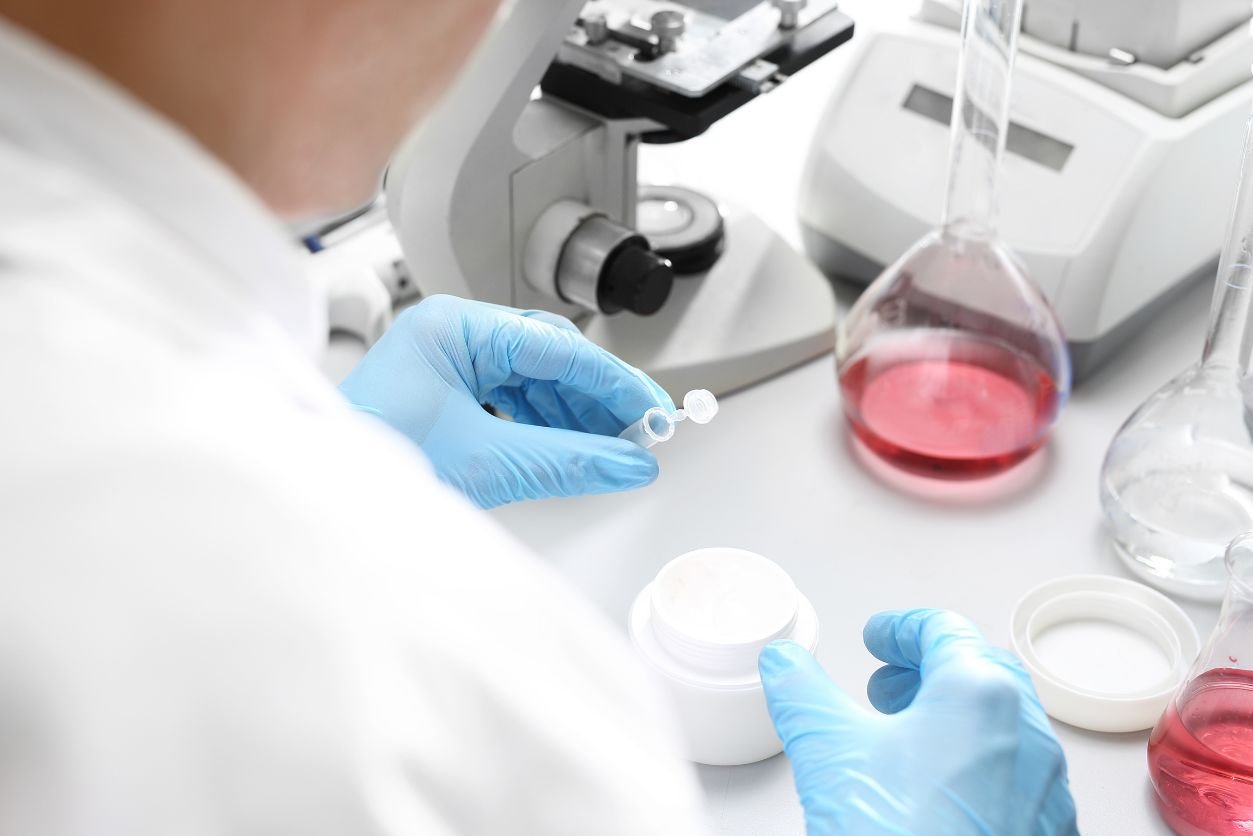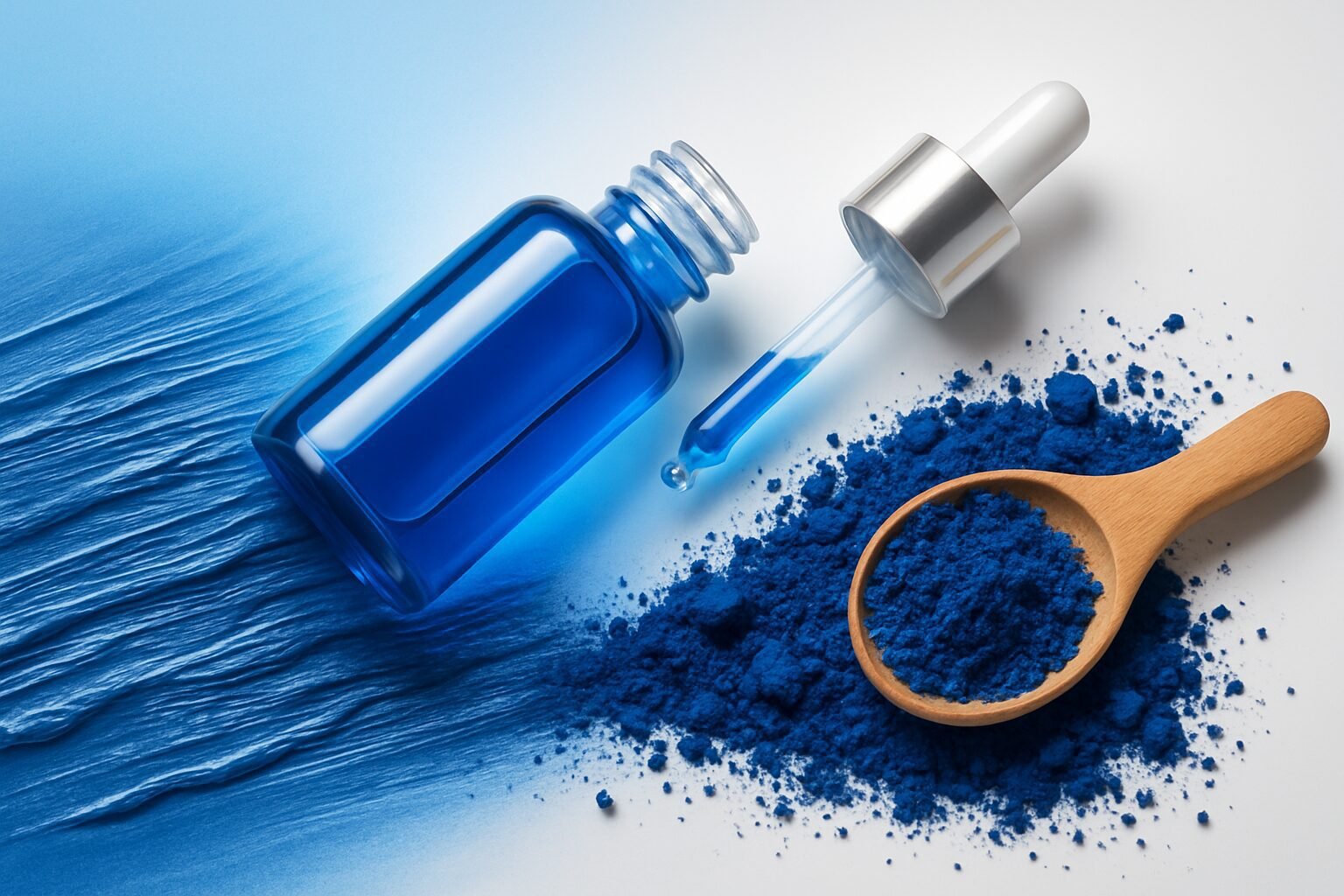With the Modernization of Cosmetics Regulation Act (MoCRA) fully in effect as of 2025, U.S. cosmetic manufacturers and ingredient suppliers must now document product safety with unprecedented precision. Consequently, the requirement extends beyond finished brands — raw material suppliers and R&D laboratories must also provide data supporting each ingredient’s safety and intended use. Therefore, cosmetic chemists must transform traditional marketing sheets into structured, science-based safety dossiers that can withstand FDA inspection. This article explains how to create a MoCRA-compliant dossier that meets regulatory expectations and strengthens client trust.
Scientific Background
What MoCRA Requires
MoCRA, enacted in December 2022 and gradually implemented through 2025, represents the first major reform to U.S. cosmetic law in more than 80 years. Under this framework, responsible persons must maintain safety substantiation for every cosmetic product and ingredient, including toxicological profiles, clinical evidence, and documented claim support. In addition, Section 608 of MoCRA specifies that substantiation must be “adequate to demonstrate safety for intended use.” As a result, safety documentation now shifts from a marketing-driven task to a scientifically verified process managed by technical and regulatory teams.
Key Components of a Safety Dossier
To comply effectively, every dossier should include several structured sections. Each section builds a clear narrative that proves safety from identity to human exposure. For example:
- 1. Ingredient Identity: INCI name, CAS number, purity, and supplier verification.
- 2. Manufacturing Process Summary: concise overview of synthesis or extraction, solvents used, and residual limits.
- 3. Toxicology & Safety Data: irritation, sensitization, mutagenicity, and phototoxicity results (both in vitro and in vivo).
- 4. Human Safety Evidence: patch test or HRIPT findings with relevant concentration data.
- 5. Exposure Assessment: expected use concentration and daily exposure estimates.
- 6. Claims & Substantiation: in vitro or in vivo efficacy data supporting cosmetic-level claims.
- 7. Labeling & Regulatory Notes: compliance with 21 CFR Part 701, including allergen disclosure.
Scientific Rationale for Substantiation
The FDA encourages a weight-of-evidence approach combining toxicological studies, structure–activity relationships (SAR), and existing databases such as CIR and ECHA. Furthermore, for new biotech or botanical actives — for instance, Apple Exosome, Phyto PDRN, or Centella TECA — chemists should combine in vitro assays with literature-based analog data. Consequently, this balanced strategy provides scientific depth while minimizing unnecessary animal testing.
Comparative Insights
Old-Style Technical Data Sheets vs. MoCRA Dossiers
Historically, most ingredient documentation focused on performance and marketing, offering limited safety evidence. However, MoCRA demands a higher standard — dossiers must demonstrate reasonable certainty of no harm. In contrast to basic TDS or MSDS files, a MoCRA dossier integrates toxicology, exposure analysis, and claims validation into a single auditable record.
| Document Type | Before MoCRA | After MoCRA |
|---|---|---|
| Data Sheet | Marketing-focused, limited safety data | Scientific documentation with validated safety endpoints |
| Claim Support | General efficacy statements | Quantified data with statistical validation |
| Storage | Shared PDF or manual folder | Centralized digital system with traceability |
Integrating Global Standards
Although MoCRA is U.S.-specific, harmonizing it with EU Regulation (EC) No. 1223/2009 ensures efficiency for brands operating globally. In particular, aligning dossier content with EU Cosmetic Product Safety Report (CPSR) standards allows one unified file for both markets. As a result, chemists save time, reduce duplication, and maintain compliance across regions.
Building the MoCRA Safety Dossier
Step-by-Step Workflow for Chemists
The process is sequential yet flexible. First, collect technical and toxicological data from reliable suppliers. Next, verify that ingredient names and INCI identifiers match recognized directories such as the PCPC INCI Directory. Then, review available literature from CIR, SCCS, and PubMed to evaluate safety thresholds. Afterwards, calculate realistic exposure levels based on formulation concentration and usage frequency. Once exposure is defined, link performance data to cosmetic-appropriate claims. Finally, compile all documents into a version-controlled dossier and obtain Regulatory Affairs approval.
Recommended File Structure
- 01_Product_Identity.pdf
- 02_Toxicology_Summary.pdf
- 03_HRIPT_Report.pdf
- 04_Exposure_Assessment.xlsx
- 05_Claims_Substantiation.pdf
- 06_Labeling_Notes.pdf
Compliance, Safety, and Claims
Safe Cosmetic Claims under MoCRA
When drafting claims, wording makes all the difference. Therefore, always describe improvements in appearance rather than physiological effects. For example:
- “Helps maintain skin hydration and smoothness.” ✅
- “Supports the natural skin barrier.” ✅
- “Visibly improves luminosity.” ✅
- “Repairs DNA damage.” ❌ (Avoid — medical implication)
For additional guidance and compliant phrasing, visit our Claims & Testing Hub.
Recordkeeping and Accessibility
Under MoCRA, companies must present substantiation records promptly upon FDA request. Consequently, secure electronic archiving is vital. Ensure each dossier version is date-stamped and linked to the correct product listing in the FDA Cosmetics Registration Portal. Moreover, integrating documentation with the Grand Ingredients Product Center enhances traceability and simplifies audits.
Summary & Key Takeaways
Checklist for MoCRA-Ready Safety Dossiers
- Confirm all INCI and CAS data are accurate.
- Include complete toxicology and HRIPT evidence.
- Provide exposure calculations and validated claims.
- Align with EU CPSR format for global consistency.
- Maintain digital, revision-controlled storage.
Next Steps
Ultimately, a clear dossier not only fulfills MoCRA but also communicates transparency to clients and brands. Therefore, chemists should implement standardized templates and version control systems immediately. To access example documents and claim support files, visit our Claims & Testing Hub. You can also explore dossier-ready ingredients in our Grand Ingredients Product Center, or Request a Sample for your next compliance project.







